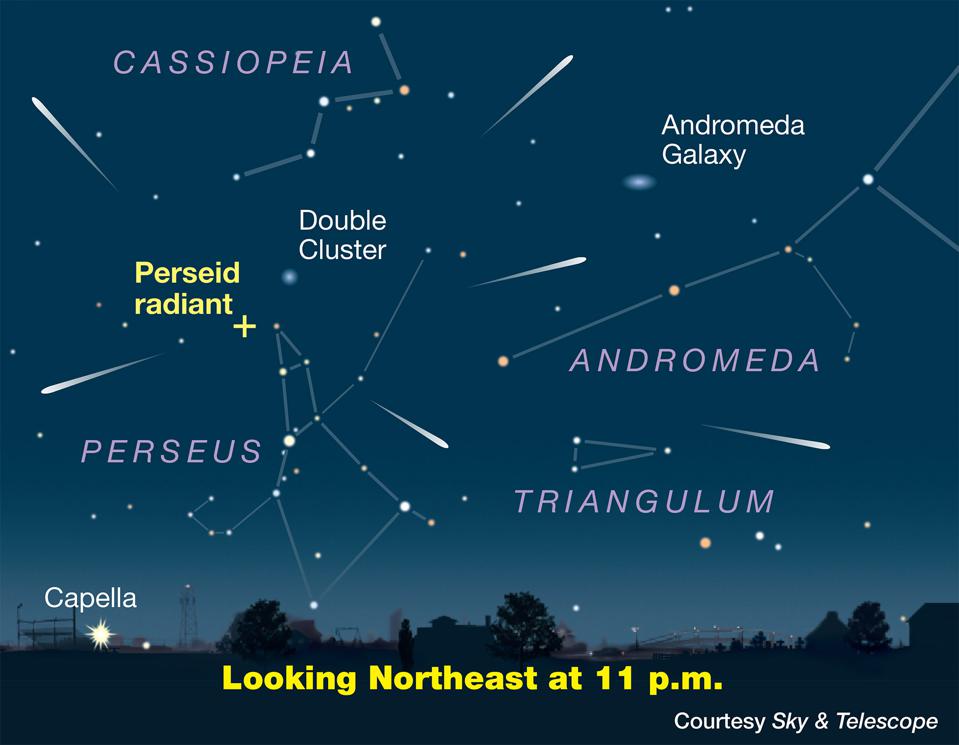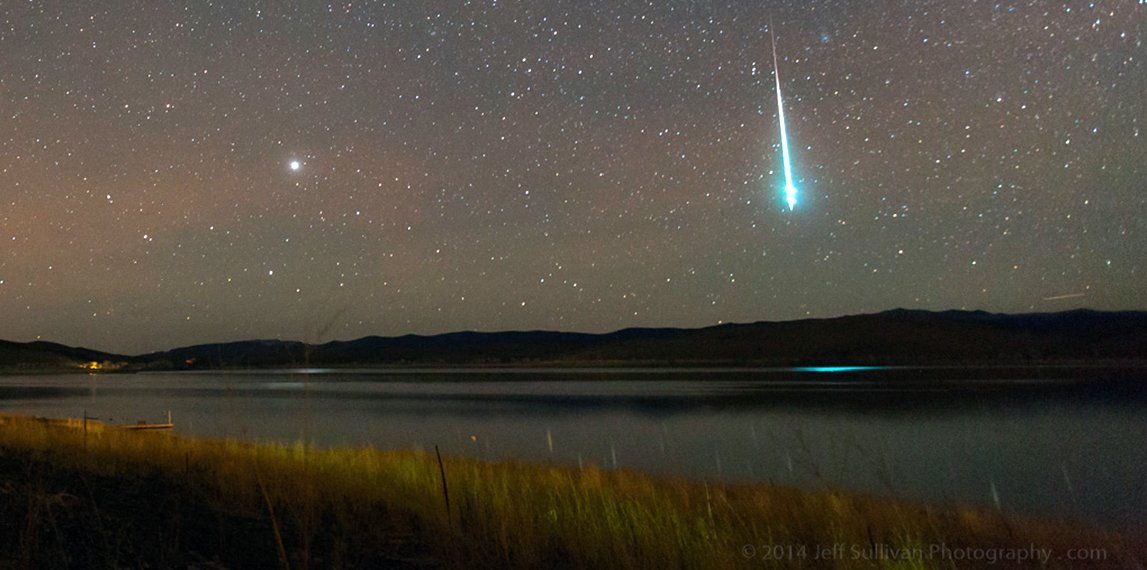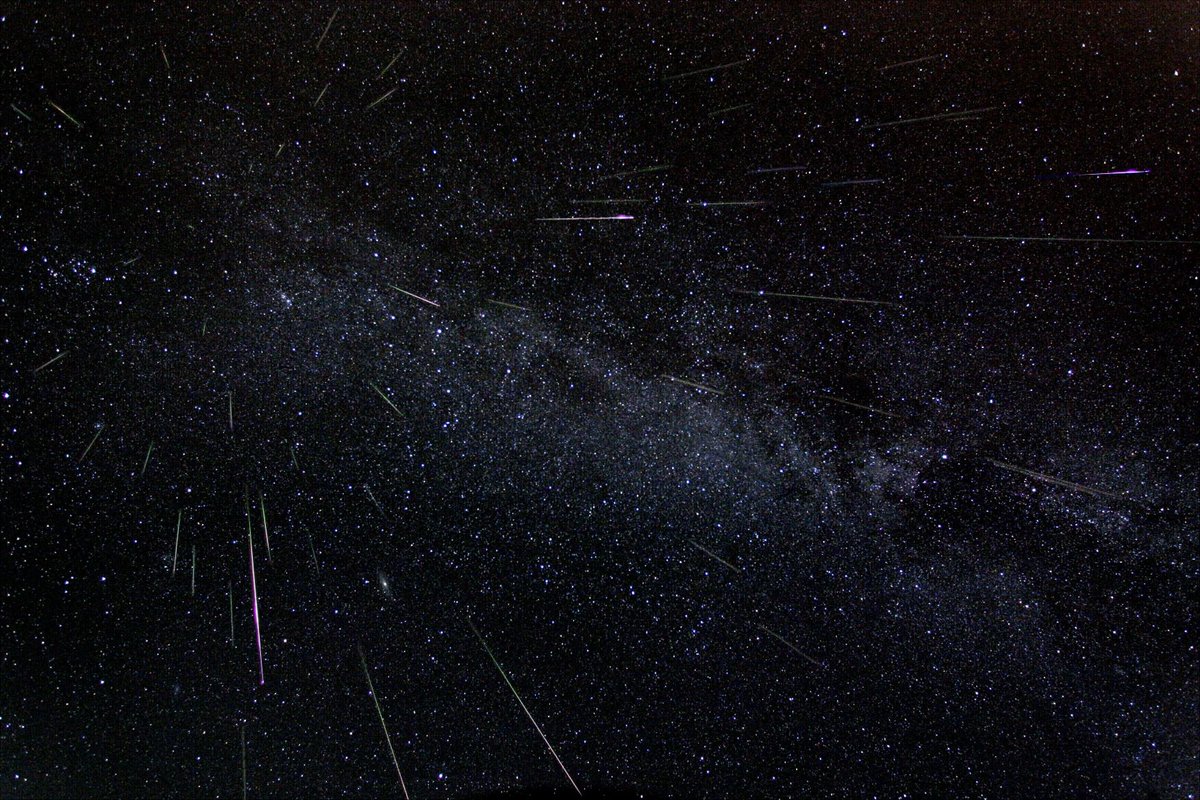From tonight through to the 13th, we have the peak of the Perseid meteor shower, undoubtedly the highlight of the meteor calendar. Below is a thread with the origin of the shower, what you can expect to see, and top observing tips. (1/n)
The Perseid are visible from mid-July through to late August, but the peak is the 11-13th August. This shower always puts on a good show - typically 40-60 meteors per hour but can go up to 120, which is 2 per minute! (2/n)
The Perseids get their name from the constellation the & #39;radiant& #39; is in - that is, the point in the sky from which the meteors appear to originate, if you trace them back. This means they will come from the north-east direction but will spread out across the sky. (3/n)
Expect to see white streaks of light across the sky, flashing for just a second. If you& #39;re lucky, you& #39;ll see a fireball, a particularly bright meteor that takes a few seconds to pass. You might also see an earth grazer, a long, slow, colorful meteor near the horizon. (4/n)
This meteor shower is caused by Earth passing through the debris left behind by Comet Swift-Tuttle. This comet last passed by in 1992, but won& #39;t be back for over 100 years. It has been visiting us for millenia - there are records of it being naked-eye for Ancient Egyptians. (5/n)
As the comet approaches the Sun from beyond the orbit of Pluto, it starts to heat up and ices melt, releasing debris which streams out behind the comet. Every year, as we orbit the Sun, we pass through these debris clouds. As the sand-grain sized bits of rock travel (6/n)
through our atmosphere at about 130,000mph (210,000km/h), they vapourise, leaving a bright streak of light. This is what we see as the meteor shower. (7/n)
Observing tips: the shower is visible all night, but the meteor rate will be higher after midnight. But after midnight, we have the Moon, and its light will wash out some of the fainter ones. So if you can, position yourself to block out the Moon using a tree or a building. (8/n)
All you need is a chair, a blanket ans a warm drink. Sit out where you can see lots of the sky, and just kick back and relax. Give your eyes at least 15 minutes to dark adapt, and plan to sit out for at least an hour. The shower can come in fits and bursts, so there (9/n)
might be a lull in activity for a few minutes, and then a burst of meteors.
Meteor showers are all about patience. Use this time to relax, take a break from the world. This activity can also be safely done whilst social distancing.
Good luck everyone! (10/10) #Perseids2020
Meteor showers are all about patience. Use this time to relax, take a break from the world. This activity can also be safely done whilst social distancing.
Good luck everyone! (10/10) #Perseids2020

 Read on Twitter
Read on Twitter





